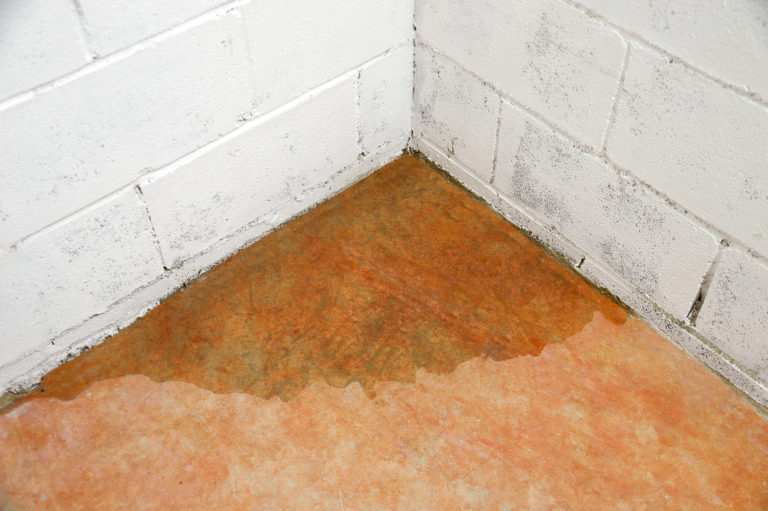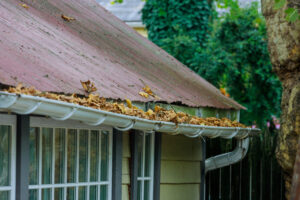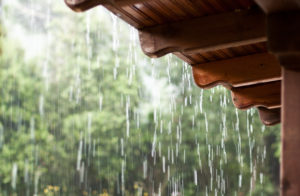Picture this: you’re going down to your basement to grab something, only to discover that as you step on the floor you feel water. Basement flooding is a nightmare for homeowners and can result in costly repairs depending upon the damage it causes.
While basement flooding can be caused by many different factors, did you know that clogged gutters can be a culprit? Continue reading to learn about three ways that clogged gutters can lead to basement flooding.
1. Overflowing gutters
What happens to gutters when they become clogged? They overflow of course. When gutters have tons of leaves and other debris like dirt, twigs, and insects trapped in them, stormwater and meltwater are unable to move freely throughout the gutter system, resulting in overflowing gutters. Because the water has nowhere to drain to, it’s forced to spill over the side of the gutter creating problems for the rest of the gutter system and the foundation surrounding the home.
Gutters should never overflow. If you notice yours are overflowing with water and other debris be sure to contact a gutter installation company like K-Guard as soon as possible.
2. Sagging gutters
Along with overflowing gutters, sagging gutters can ultimately lead to basement flooding. Metal gutters are fastened with heavy duty screws and bolts. However, these screws and bolts can sometimes become loose or come out overtime due to natural occurrences like strong winds, ice dams and trapped debris.
When bolts and screws become loose or fall out, the gutters will start to sag overtime from heavy winds and severe storms, especially when you live in a place like The Heartland. While some sagging gutters may be a quick DIY fix, we recommend contacting a gutter installation service to assess the sagging and other damage that has occurred. Sagging gutters could lead to other issues like damaged downspouts and structural damage, therefore, it’s always best to have a trained professional assess them before attempting to repair them yourself.
3. Rain and stormwater is creating a trench around the foundation
Open top gutter systems that are overflowing and sagging force rain and stormwater to create a trench around the home’s foundation. Think about it like this: if rainwater isn’t properly circulated throughout a gutter system and doesn’t drain away from the home then it’s forced to fall from the gutter itself and ends up collecting near a home’s foundation. If water doesn’t have a way to drain away from the home then it will build up and create major issues for homeowners.
If you do notice flooding in your basement, contact an electrician for safety purposes. Next you’ll want to dry and clean up any standing water. It’s also a good idea to contact a plumber and gutter installation service to have them both inspect your home to see if something needs to be fixed.
Now that you’re aware of the three ways clogged gutters can lead to basement flooding, do you know how well your gutter system is working? Is it functioning properly to keep your basement from flooding?
If your gutter system has overflowing or sagging gutters or you notice rain and stormwater forming a trench around your home’s foundation, contact the professionals at K-Guard. We’d be happy to inspect your current gutter system and provide a free estimate for our lifetime clog free gutter system!




